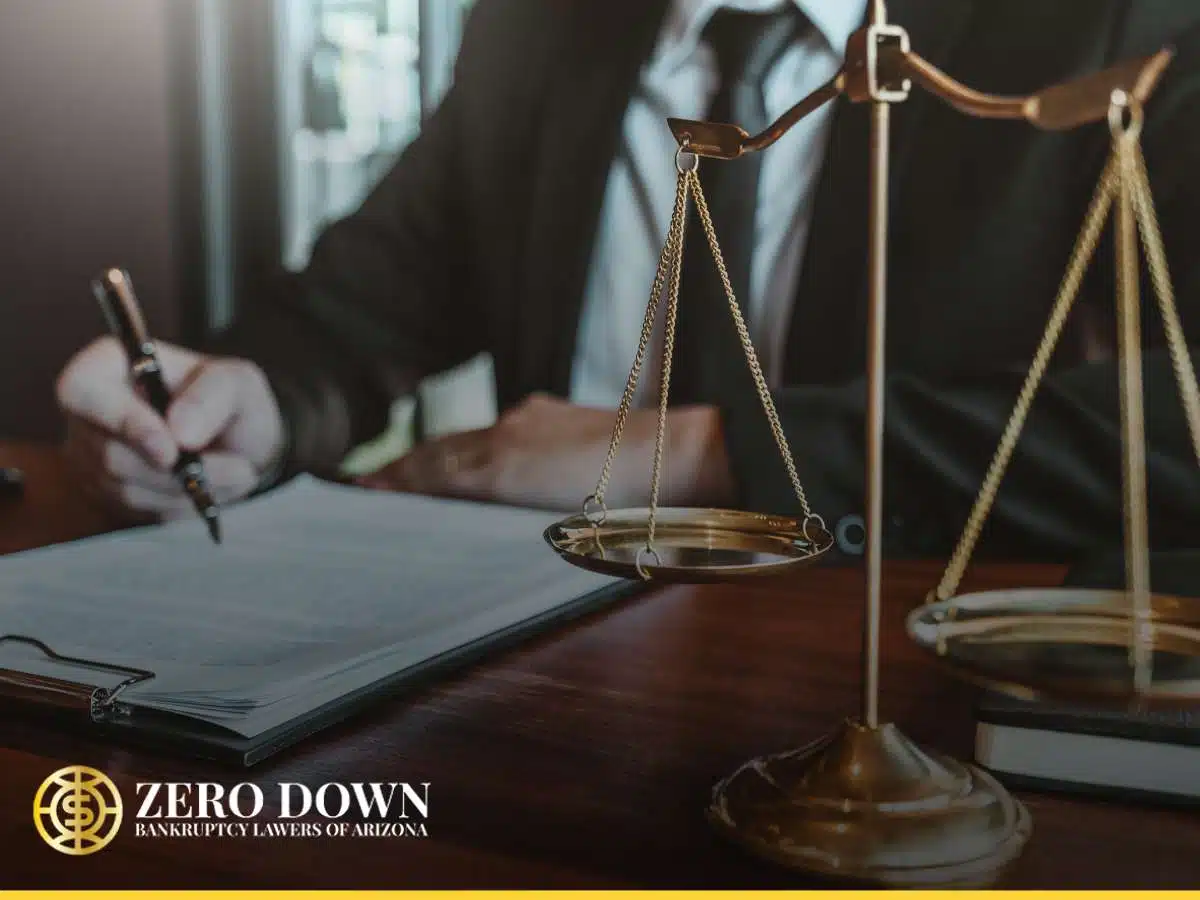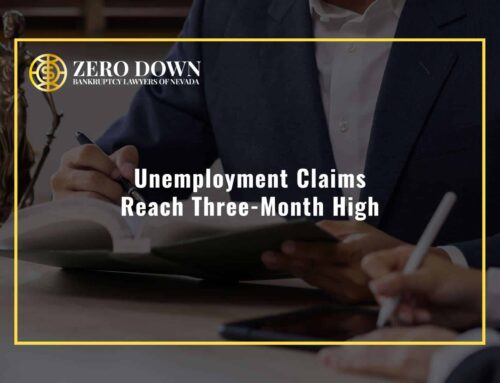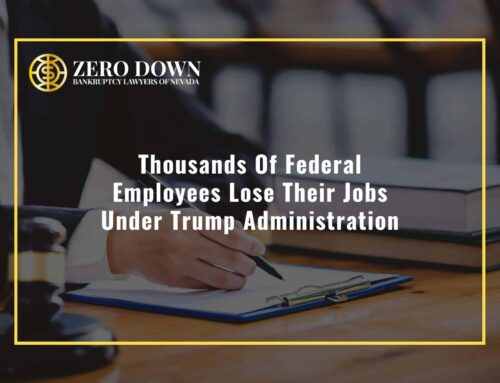When it comes to casual family restaurant chains, some of the biggest players are Applebee’s and Chili’s. Some of their competitors, like Ruby Tuesday and Sizzler USA, were forced to file for bankruptcy during the COVID-19 pandemic. More similar chains like Red Lobster and Rubio’s Coastal Grill filed for bankruptcy in 2024 in response to increased costs from inflation, staffing difficulties, and unsuccessful promotion specials. The latest nationwide casual dining chain to declare bankruptcy is TGI Friday’s.
TGI Friday’s got its start in Manhattan in 1965. It was known as a restaurant for singles to meet up and as a pioneer of the happy hour menu. But despite longstanding popularity, the chain never fully recovered after COVID-19. On November 2, 2024, TGI Friday’s filed its chapter 11 bankruptcy petition. It blamed the filing on long-term fallout from the pandemic, with plans to use the protections from bankruptcy to explore new options and revitalize the brand. Like other restaurant chains, TGI Friday’s suffered as the cost of living increased and customers began shying away from the fast casual sector. The chain currently has 163 locations, compared to approximately 270 locations across the country this time last year. Despite tweaks like offering sushi and revamping its cocktail menu, TGI Friday’s was unable to overcome its financial difficulties, just like the United Kingdom TGI Friday’s did in September of this year. That bankruptcy resulted in the loss of 1,000 jobs, so it can be expected that the U.S. bankruptcy case will result in significant job losses as well.
There are plenty of companies that have filed for company and re-established themselves as major players in their respective industries, like Best Buy and Forever 21. TGI Friday’s could do just the same, although it’s harder for experts to speculate as the chain is owned by a private equity firm and doesn’t release financial results. Individuals can also use bankruptcy to regain their footing and protect their assets from creditors. Are you looking to file a personal bankruptcy in Phoenix or Tucson, Arizona? Learn more about the process with your free consultation- call (602) 609-7000 to get started today.
The Three Most Common Types Of Bankruptcy Filings
There are several different chapters of bankruptcy to suit debtor’s different needs and circumstances. For personal bankruptcy filings, the most common are chapter 7 and chapter 13, but a personal debtor can also use chapter 11. For corporate bankruptcy filings, a business can use chapter 7 or chapter 11. Each has its own eligibility requirements as well as benefits and disadvantages. You should have your situation evaluated by an experienced bankruptcy professional to determine which will be the most effective for you. Schedule your free consultation with Arizona’s leading choice in Zero Down bankruptcy representation today by calling (602) 609-7000.
Chapter 7 Bankruptcy
Out of all the types of bankruptcy filings, chapter 7 bankruptcy is the most commonly used. When compared to other types of bankruptcy, it can be much simpler and quicker to complete. It offers massive benefits, like protection from the automatic stay and clearing most or all of the debtor’s unsecured non-priority debts. Some examples of unsecured non-priority debts include credit cards, medical bills, (some) taxes, and personal loans. Debtors can even protect their assets in chapter 7 using bankruptcy exemptions. The process typically takes somewhere between 3 and 6 months. Once debts have been discharged, the debtor can move forward with a clean slate and begin taking steps to rebuild their credit. If a business files for chapter 7 bankruptcy, it generally has to stop operating permanently. However, a small business owner can usually reopen a nearly-identical business with a slightly different name after discharge if they want to continue in the same line of work.
Chapter 13 Bankruptcy
Chapter 13 bankruptcy is only available as a personal bankruptcy and can’t be used for corporate bankruptcy filings. Instead of clearing debts away like chapter 7, chapter 13 instead rearranges them into a payment plan that is calculated using the debtor’s disposable monthly income. Depending on the debtor’s income level, the payment plan lasts either 3 or 5 years. One key benefit of filing for chapter 13 bankruptcy is that the debtor is protected from creditors for that entire 3 or 5 years, and upon discharge, the debtor’s secured and priority debts should be paid in full. In chapter 7 bankruptcy, collection efforts might resume on these types of debts after discharge if the debtor doesn’t resolve them separately.
Chapter 11 Bankruptcy
Chapter 11 bankruptcy is defined by the appointment of a creditor committee. This committee has a great deal of control over how a chapter 11 bankruptcy resolves. All major financial decisions must be voted on by the committee while the case is still pending. The creditor committee will usually agree to the debtor’s proposal on how to exit the bankruptcy as well, which could involve selling, converting debt into equity, rebranding, changing business strategies, selling inventory and equipment, and more. Small businesses can use special types of chapter 11 filings to eliminate the creditor committee requirement absent a showing of cause. A business can remain in operation in chapter 11 bankruptcy, or it can use chapter 11 bankruptcy to facilitate a business closure.
Repairing Credit After Bankruptcy
While some debtors may experience little to no change in their credit upon filing for bankruptcy, there is no denying that filing for bankruptcy causes some debtors score to drop. The good news is that there are several steps a post-bankruptcy debtor can take to improve their credit to even higher levels than before their filing. These include:
- Opting in for credit reporting on monthly expenses like streaming services, rent, utility bills, phone and internet services, etc.
- Paying off any new credit cards you open in full each month to avoid interest and a new debt, and to keep your revolving available credit balance high
- Opening up a secured credit card to slowly rebuild your credit without the risks of traditional credit cards
- Staying up to date on any lines of credit you didn’t lose in bankruptcy, such as your auto loan. While these payments will no longer improve your credit, your lender can still report missed payments to the credit reporting agencies and hurt your credit score.
Get Your Bankruptcy Start With Arizona’s Top Choice For Zero Down Bankruptcy
When family favorite restaurant chains like TGI Friday’s declare bankruptcy, it can indicate financial problems for both customers and employees. The skyrocketing cost of living and other debts could have you asking yourself if bankruptcy can help your situation. If so, you should review your situation with an experienced bankruptcy lawyer. Determine your eligibility, calculate payment plan options, ensure that your assets will be protected, and prepare yourself for one of the biggest steps you can take to improve your financial situation. Zero down bankruptcy law firm can take your case from initial consultation to your debts cleared, and you may qualify to pay zero down until your case is filed. Want to get creditors off your back and finally take care of old debts that are still haunting you? Learn more about filing for bankruptcy in Tucson and Phoenix, Arizona with your free consultation today- call (602) 609-7000. Don´t hesitate to contact us!
Arizona Offices
Phoenix Location:
343 W Roosevelt Street, Suite #100
Phoenix, AZ 85003
Email: [email protected]
Phone: 602-609-7000
Mesa Location:
1731 West Baseline Rd., Suite 101
Mesa, AZ 85202
Email: [email protected]
Glendale Location:
20325 N 51st Avenue, Suite #134
Glendale, AZ 85308
Email: [email protected]
Tucson Location:
2 East Congress, Suite #900
Tucson, AZ 85701
Email: [email protected]










